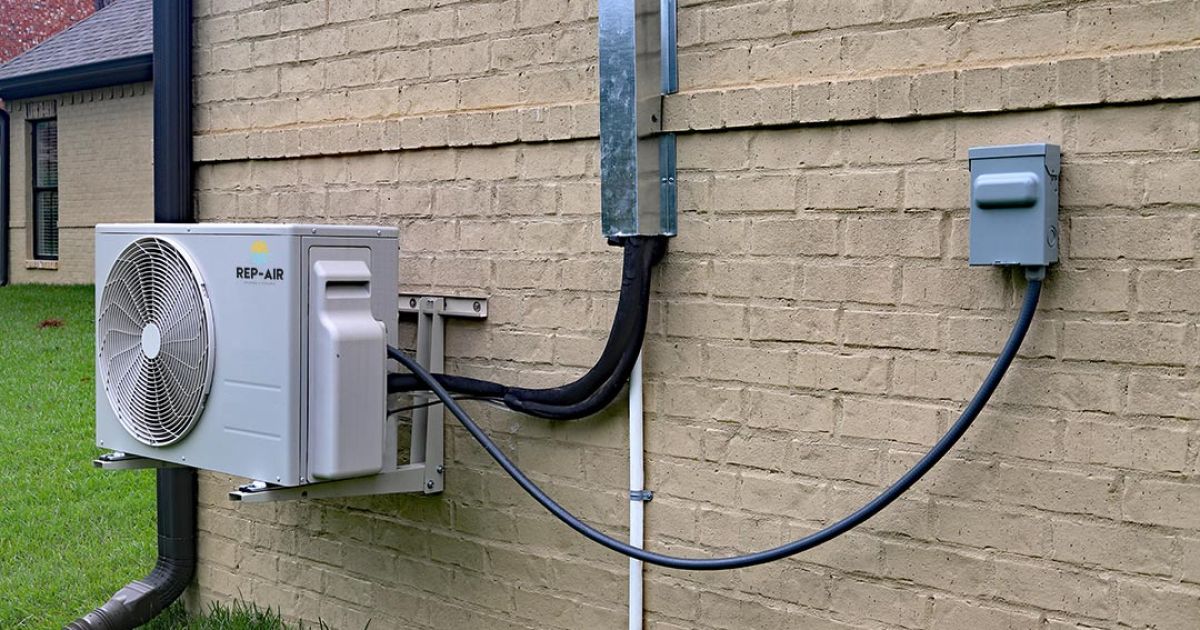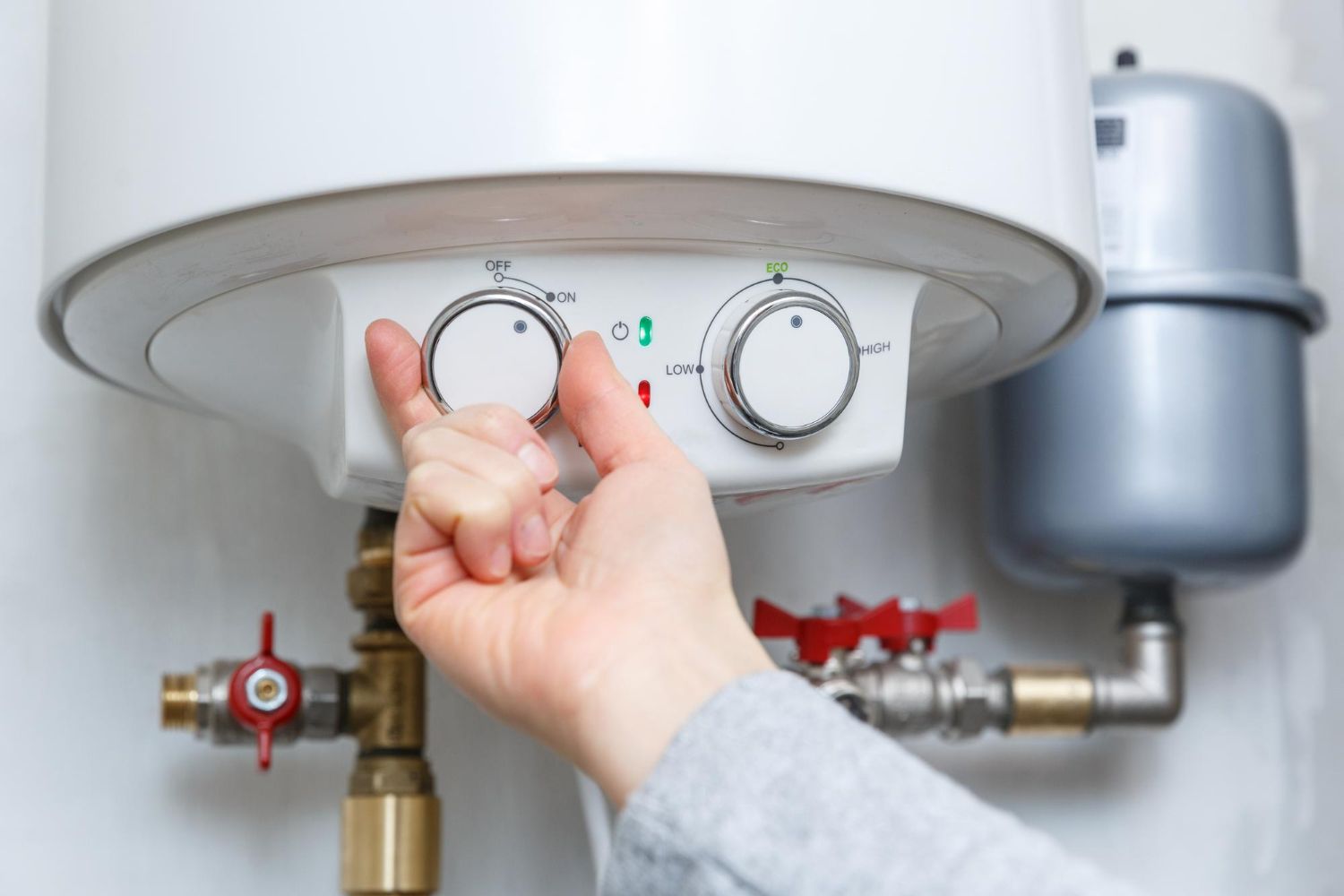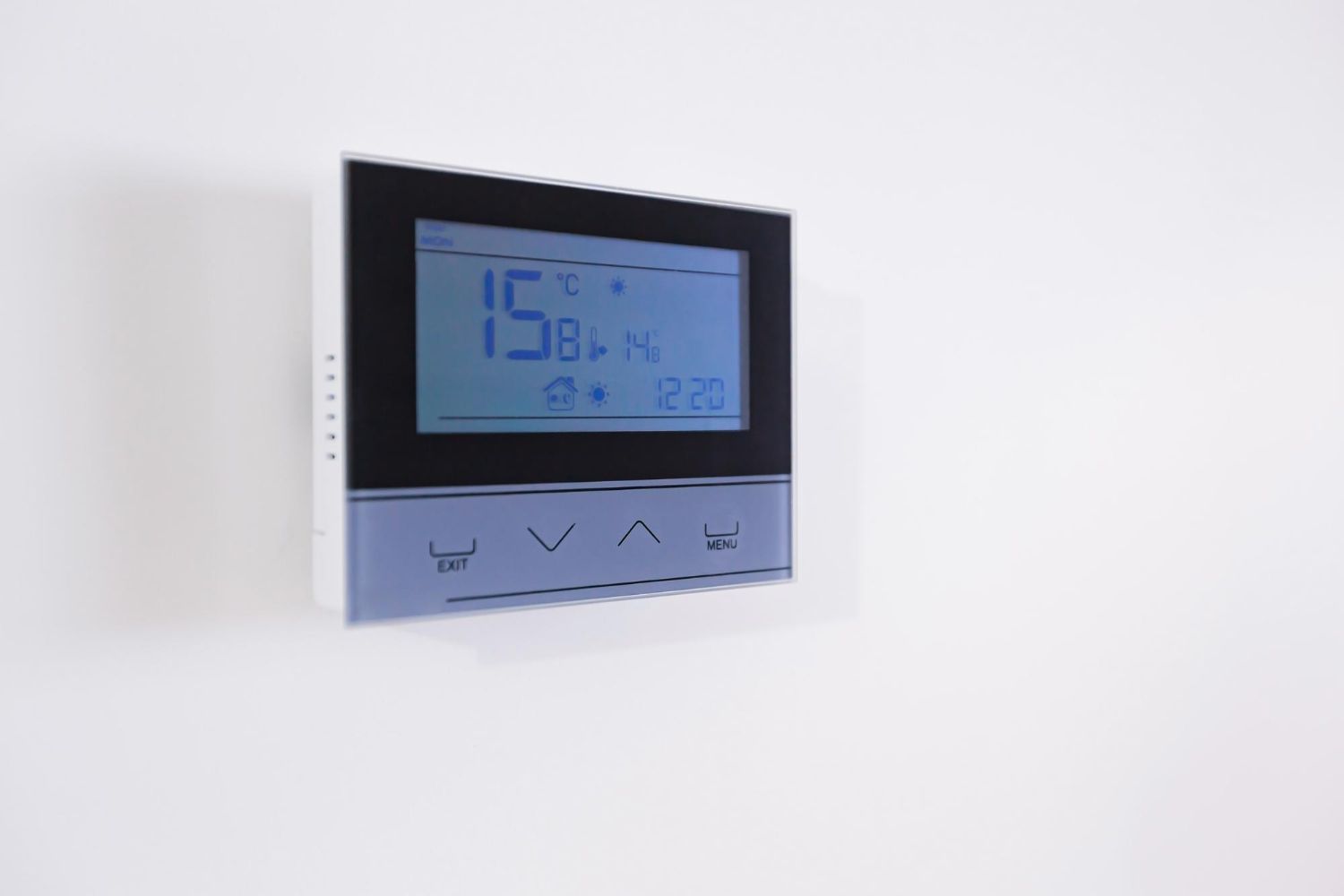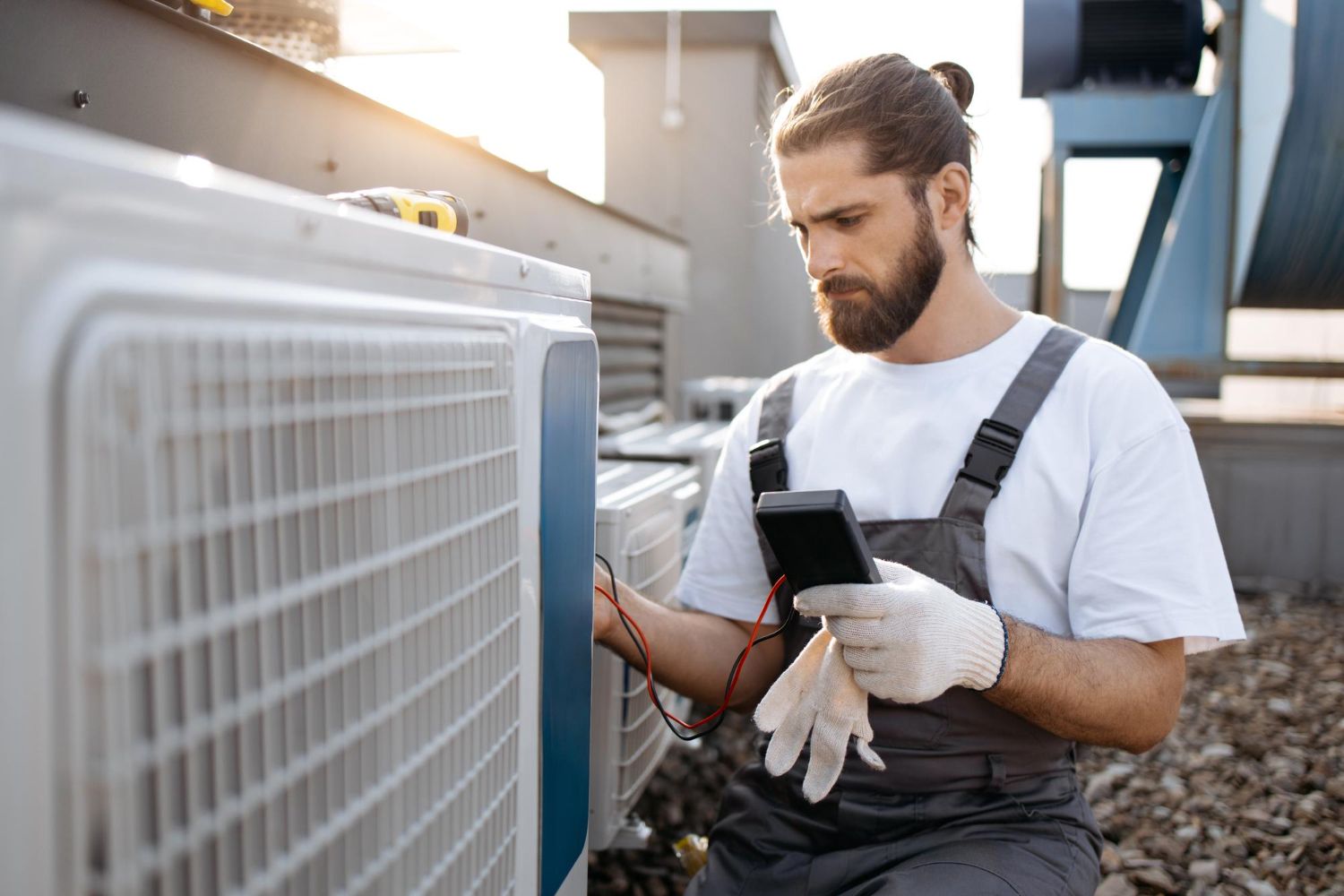The Pros and Cons of Each HVAC System
IMPORTANT NOTE: . Our company is located in British Columbia, Canada. If you are reading this article in another location, we hope you enjoy the information, but unfortunately we cannot service you.

Sometimes a new HVAC system is needed for your home, particularly if the system itself is getting too old and worn out. It could not be heating up or cooling down properly, or the parts needed to repair it are no longer being manufactured. Whatever the reason, there may come a point when you need to get a new HVAC system.
What type of system would be best for your needs though? The ones we’re going to cover in today’s article are the most common types you’ll see in the market. Here are the pros and cons of each so you know which is which and whether one will suit your needs the most.
- Split Systems
Heating and cooling split systems are the most common type of HVAC system you’ll see. As the name implies, the entire system is split between two main units, one for cooling and one for heating. This is the system that consists of both indoor and outdoor units, which you have already recognized. A cooling system is set up outside, which uses compressors, coils, and refrigerant to cool air and a fan to blow out the hot air. These are the large air conditioning units placed outside of homes that run frequently in the summer months.
The heater part of the system is usually located in the basement or other storage area, and gas is used to heat up the home. This hot air is either dispersed by a fan or circulated via an evaporator. A traditional thermostat is used to manage the temperature, and usually keeps it at your desired level.
Pros:
- These units come packaged with purifiers and humidifiers so you’re comfortable no matter what the weather is.
- These are the most generally used systems for homes that aren’t forced to cater to specific needs or environmental factors.
- Most split systems are built to be noiseless, meaning the only sound you’ll hear is the air being circulated indoors.
- Split systems are attractive when it comes to placement because they’re unobtrusive enough. You can have them out of the way and still feel their heating and cooling effects. Even if you do see them, their build is a sleek and modern one.
Cons:
- Split systems are incredibly expensive to install from the get-go. The long-term savings you see after time has passed makes up for the initial cost; however, it is still an investment needing to be made and not everyone can afford it (especially if it turns out to be the wrong system for the job!).
- It can take a while for a licensed HVAC person to come and install it in your home. It absolutely has to be a professional who installs it, both for your safety’s sake as well as to validate your warranty. If this kind of a job is needed in the middle of summer, that’s an extra cost on top of it already!
- Split systems are only best suitable for larger homes, and they need to be positioned within 30 feet of each other since that’s the length of tubing that connects them together. This means if you’re in an apartment building or you live in an exceptionally tall building, this will not work out.
- Though the indoor units don’t make any noise, the outdoor units generate a lot of it. If you live in a highly populated area, this system won’t do since you need to be considerate of your neighbours and respect their need for a quiet space.
- Hybrid Split Systems
Hybrid split systems are similar to split ones, but there are some key differences worth noting. These systems can react to changing temperatures and then adjust their temperatures automatically when heating up or cooling down a home. It combines a furnace with a heat pump rather than an air conditioner, saving fuel resources in the process. Hybrid heat can also work together with both gas and electric systems.
Pros:
- Homeowners can decide how they want their home to be heated up, gas or electric—the choice is there.
- Hybrid systems work best in mild climates where homeowners can take advantage of electric heat during months when it’s not too cold.
- The hybrid system uses traditional ducts and a thermostat, so it provides all the benefits of a split system but with an additional option to conserve energy and lessen up the cost of utility bills.
Cons:
- Though hybrid systems can provide efficient heat in mild and brief winters, It’s not very good at extracting heat from the outside air. So when the temperature falls below freezing one winter, your home could be potentially left chilly and uncomfortable.
- A hybrid split system is not a 100% renewable solution to reducing the carbon footprint. The hybrid system still uses boilers that rely on fossil fuels in order to function.
- You may see a difference in lower energy costs in the long term, but the higher upfront cost may be unrealistic to you as a homeowner. If you plan to move from your home in the next few years, a hybrid system is not your best financial option.
- Mini Split (Duct Free)
A mini-split or duct-free HVAC system is unique in that it has large upfront costs, but the benefits for certain applications and needs make up for it a great deal. These types of systems come in the form of individual units in each room, providing you with great independent control. The units are typically mounted on walls indoors and attached to an outdoor compressor.
Pros:
- They’re best for heating up or cooling down individual rooms, making them ideal units in garages, additions, and/or additional buildings.
- They’re easy to install.
- They allow you independent control of the unit.
- They’re great for commercial purposes, such as hotels or venues, and for apartments or smaller homes since they allow tenants to control individual temperatures.
- They keep exterior rooms from being heated and only do so for individual rooms, so it’s conserving more energy in the process.
Cons:
- They’re highly expensive, both to install and repair if a part is broken or worn down.
- The sight of a unit is more obvious than other forms of HVAC units (can be a problem if you don’t want to notice them day in and out).
- The systems require intensive and regular cleaning and maintenance, and it’s more important to keep up with that since the total cost of repairs and replacements is also very expensive.
- Its ability to use less power is both a pro and a con; compared to central air, this system may not provide the same level of consistency you may be looking for.
To sum up, there are a great deal several types of HVAC systems, but now that you know a little more about these systems you can make a more informed purchasing decision.
Financing options are available via SNAP if you’re mainly concerned about the initial cost. When you’re ready for your new system and you want professionals to handle the installation process, give us a call. At Rep-Air Heating And Cooling we provide our customers with many options that will best suit your needs from heating and cooling to refrigeration. Contact us today for your complimentary quote: 1-844-218-3362 or contact@repairheatingandcooling.com and don’t forget to take a look at our website: https://www.repairheatingandcooling.com. Follow us on Facebook and Instagram for free giveaways!
Request your service today!
Our team of highly trained technicians are standing by ready to help you out with all of your service, repair, and installation needs. You can count on us for on-time repairs, professional installation, and the friendliest customer service in town!Contact Rep-Air Heating & Cooling today to get started with service by requesting a quote online, or by phone at (844) 218-3362.
Request Service
Contact us today to request an estimate or schedule service.






